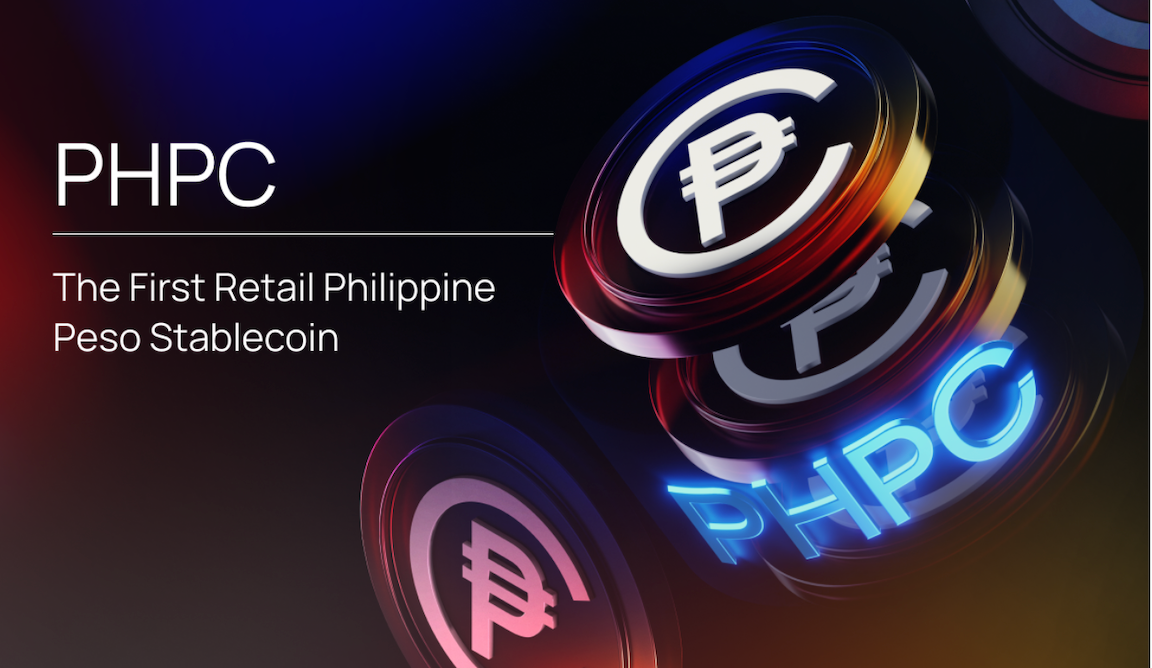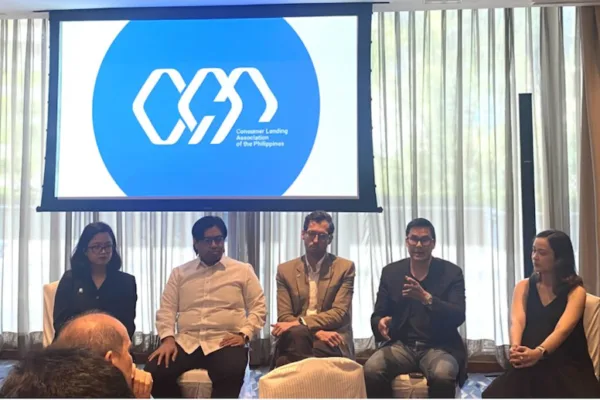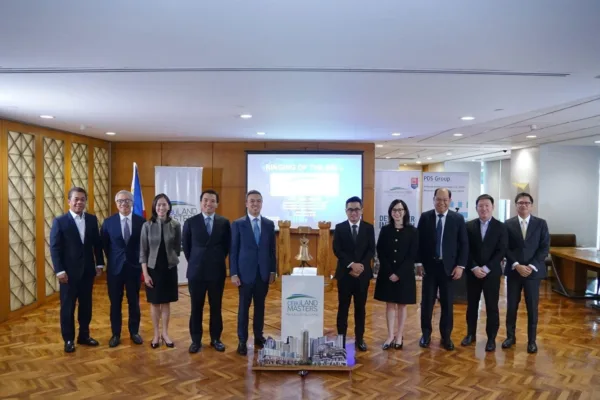By Edielyn Mangol, Reporter
As digital innovation reshapes the global financial landscape, the Philippines stands at the cusp of a transformative shift. With increasing demand for faster, more inclusive, and cost-efficient payment systems, tokenized currencies and stablecoins like PHPC are emerging as game-changers in the future of money.
From cross-border remittances to decentralized finance (DeFi) and real-time settlements, these digital assets promise to make financial services more accessible and secure for millions of Filipinos. Now, the country is embracing this momentum by exploring Peso-backed stablecoins — paving the way for a more connected and resilient digital economy.
Meet PHPC: The Philippines’ new digital Peso stablecoin
The Philippines is stepping boldly into the future of finance with the launch of PHPC, a Philippine Peso-backed stablecoin supported by the Bangko Sentral ng Pilipinas (BSP). Developed on the Hedera distributed ledger technology (DLT) platform, PHPX is the centerpiece of a transformative multi-bank blockchain initiative involving top financial institutions including UnionBank, RCBC, Cantilan Bank, and the Rural Bank of Guinobatan.
This pioneering digital peso project is poised to streamline cross-border remittances, boost financial inclusion, and enable secure tokenized investments for Filipinos at home and abroad. By integrating stablecoin technology with regulated banking systems, PHPC aims to create a faster, cheaper, and more transparent payment ecosystem — redefining how the Philippine economy engages with digital finance.
How PHPC works and its technological edge
PHPC is designed as a peso-backed stablecoin that maintains a stable value, distinct from volatile cryptocurrencies, making it ideal for everyday transactions and international payments. What makes PHPC groundbreaking is its multi-bank governance structure and its launch on the Hedera network, which utilizes hashgraph technology.
This advanced technology ensures near-instant transaction speeds, high security, energy efficiency, and compliance with international financial regulations such as those from the Basel Committee and the EU’s Markets in Crypto-Assets Regulation (MiCA).
Revolutionizing Remittances and Cross-Border Payments
For the Philippines — a country that receives approximately US$40 billion in remittances annually, nearly 10% of its GDP — PHPC promises to drastically reduce fees and transaction times associated with international money transfers. By enabling real-time settlement and eliminating costly intermediaries, overseas Filipino workers (OFWs) can send money home more efficiently and securely.
Beyond remittances, PHPC has versatile use cases, including direct payments for tuition, bills, and insurance, and facilitating cross-border business transactions. The backend will abstract the complexities of stablecoin handling so consumers can benefit from seamless transfers without necessarily interacting directly with the token.
Multi-currency interoperability: A gateway to global finance
A key advantage of PHPC is its role in fostering a multi-currency stablecoin exchange system. This allows easy swaps between the Philippine Peso stablecoin and other currency-backed stablecoins, such as the US Dollar (USD) or Singapore Dollar (SGD).
Such interoperability opens the door to a future where cross-border payments become instantaneous, transparent, and highly affordable — reshaping remittance corridors not only for Filipinos, but potentially for users across Southeast Asia.
Moreover, PHPC’s reserves are designed to be held in segregated trust accounts that are backed predominantly by government bonds, safeguarding the token’s value from bank failures and strengthening regulatory assurance. The collaborative approach — uniting multiple banks and leveraging a permissioned distributed ledger — positions the Philippines as a leader in responsible stablecoin development. This strategy sets a benchmark for other emerging economies looking to harness blockchain advancements for broader financial inclusion.
Driving Financial Inclusion and Digital Transformation
By harnessing the potential of tokenized assets like PHPC, the Philippines is not just modernizing payments — it is driving financial inclusion, enabling faster, cheaper, and more secure transactions for millions while also laying the foundation for the country’s deeper integration into the global digital economy.
PHPC represents a pivotal step in the nation’s fintech journey, showcasing how digital innovation, regulatory foresight, and inter-institutional collaboration can pave the way for a payments revolution that benefits Filipinos worldwide.








